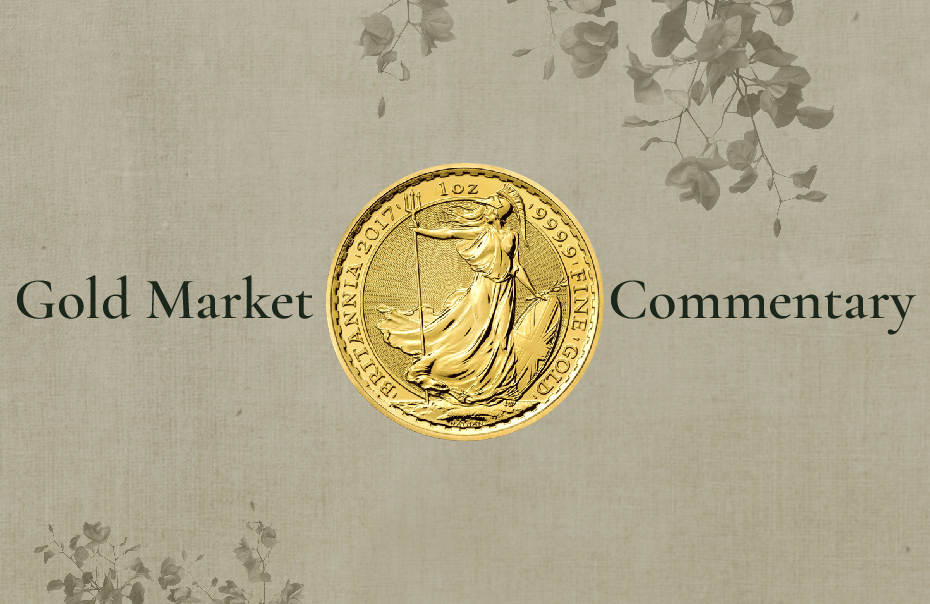Gold prices steadied in mid-July, buoyed by a softer U.S. dollar on receding expectations of a large, 100 basis points (1 percent) U.S. rate hike next week as global recession fears build.
Gold prices were down 0.3 percent to $1,709.50 per ounce on July 18.
Gold had recovered from its lowest level in nearly a year touched earlier in July, and now benefited from the easing of the dollar in which bullion prices are denominated.
Some analysts had suggested that gold prices could fall further if the U.S. Federal Reserve drives forward aggressive interest rate hikes to curb rising inflation.
However, a sharp increase in interest rates could potentially squeeze incomes and accelerate a possible slide into recession.
Growing bearish sentiment among analysts and investors pointed to gold pushing below $1,700 an ounce in the near term, according to the latest Kitco News Weekly Gold Survey.
Sentiment in the gold market soured in recent weeks as investors expected the U.S. Federal Reserve (Fed) to proactively raise interest rates to bring down inflation. In this environment, real yields pushed higher along with the dollar, creating two major headwinds for the precious metal.
“Equities, bitcoin and commodity prices have almost all been weakening and even the traditional safe havens of precious metals have been showing weakness in the face of an almost unprecedentedly strong U.S. dollar,” wrote Lawrie Williams, gold analyst with bullion broker Sharps Pixley.
“But beware, the strength in the dollar is almost entirely due, not to any outperformance of the U.S. economy, but to even more weakness elsewhere in the world. Recession talk is virtually everywhere at the moment.”
For UK-based gold savers, the pound gained ground against the dollar, and shares rallied, supported by improved risk sentiment as markets scaled back some of their bets on U.S. rate hikes. A firmer pound makes it more affordable for UK investors to acquire dollar-denominated gold.
But political uncertainty and UK recession fears will continue to drag on the pound, analysts say.
Jobs and inflation data due this week will give clues as to how the Bank of England will respond to price pressures, and the pace of likely future rate rises.
The Bank of England is battling surging inflation and a cost-of-living crisis, having raised rates five times since December as it tries to stop the surge in prices from becoming embedded in the UK economy.






























